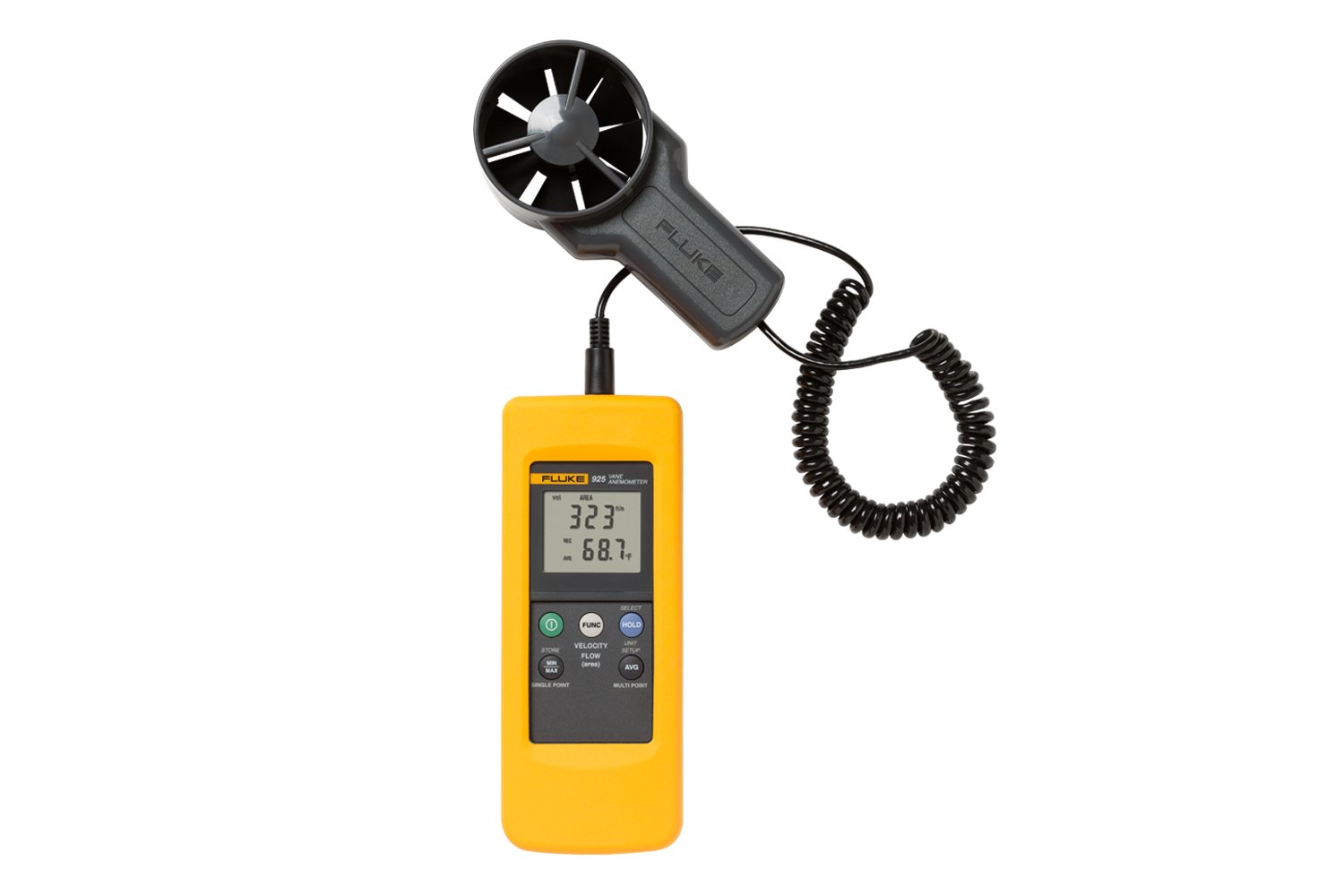The Duty of an Anemometer in Improving Security for Outdoor Activities
The Duty of an Anemometer in Improving Security for Outdoor Activities
Blog Article
Anemometers Revealed: Understanding Their Value in Environmental Tracking and Precaution
The duty of anemometers in environmental surveillance and safety and security measures is frequently ignored, yet their significance is undeniable. These tools have a long background rooted in scientific query and technological improvements, evolving to become crucial tools in various areas. From meteorology to air travel security, anemometers play a crucial duty in offering accurate information that informs decision-making procedures and enhances general security. Comprehending the details of anemometers unveils a globe of critical insights that are fundamental to our understanding of the setting and the procedures we take to guarantee security.
Background of Anemometers
The evolution of anemometers can be traced back to the old human beings where primary wind gauging devices were first utilized. These very early wind dimension tools laid the foundation for the advancement of extra innovative anemometers in time. Among the earliest recognized anemometers was the hemispherical cup anemometer invented by Leon Battista Alberti in the 15th century. This layout was composed of four hemispherical cups that accumulated wind energy, supplying a dimension of its strength based upon the rate of turning.
Over the years, innovations in innovation led to the advancement of more modern-day anemometers, including ultrasonic anemometers and laser Doppler anemometers, offering enhanced accuracy and effectiveness in determining wind rate and instructions. The background of anemometers showcases a remarkable journey of technology and progression in the field of weather forecasting.
Sorts Of Anemometers
Throughout the area of meteorology, different types of anemometers have been created to accurately determine wind speed and instructions. Sonic anemometers make use of ultrasonic signals to gauge wind rate and direction accurately. Hot-wire anemometers operate based on the concept that the cooling impact of wind on a heated wire is symmetrical to the wind speed.
Applications in Weather Forecasting
Having gone over the different types of anemometers made use of in meteorology for gauging wind speed and instructions, it is vital to explore their useful applications in the field. Anemometers play a crucial function in meteorology by providing accurate and real-time information on wind problems (anemometer). Meteorologists make use of anemometers to monitor wind rate and direction to forecast weather condition patterns, issue warnings for severe weather occasions like storms, typhoons, and hurricanes, and analyze atmospheric problems for aeronautics safety
In weather forecasting, anemometers assist in understanding local and regional wind patterns, which are crucial for forecasting climate modifications and identifying climatic fads. These gadgets are also made use of in research study to study microclimates, city warm islands, and air pollution diffusion. Furthermore, anemometers are employed in farming to enhance crop administration practices, such as watering and pesticide application, based upon wind conditions.
Relevance in Air Travel Safety
An indispensable element of making certain air travel safety and security depends on the meticulous tracking of wind problems using anemometers. Anemometers play a crucial function in aviation by offering real-time information on wind speed and direction, assisting pilots in making informed choices throughout flight, touchdown, and liftoff. Strong and unforeseeable winds can considerably influence airplane operations, making it essential for air travel authorities to rely upon precise wind dimensions to make certain the security of guests and crew.

In the dynamic setting of aviation, where also small changes in wind speed and instructions can have profound impacts, anemometers stand as essential devices for promoting protected and risk-free air traveling.
Role in Environmental Research Study
Anemometers play a critical duty in ecological research study by supplying crucial information on wind rate and instructions. By precisely determining wind attributes, anemometers assist researchers evaluate the movement of pollutants in the air, assess the impact of commercial exhausts, and anticipate the spread of pollutants in the setting.


Verdict
Finally, anemometers have actually played an important role in environmental monitoring and safety measures. With an abundant background and different types available, these tools have been widely used in weather forecasting, air travel safety, and environmental study. Comprehending the importance of anemometers is important for properly determining wind speed and instructions, which is crucial for anticipating weather patterns, making certain risk-free aviation procedures, and carrying out ecological research studies - anemometer. Their contributions to these areas can not be ignored.
One of the earliest known anemometers was the hemispherical cup anemometer designed by Leon Battista Alberti in the 15th century. Over the years, improvements in modern technology led to the advancement of more modern anemometers, including ultrasonic anemometers and laser Doppler anemometers, using raised precision and her explanation effectiveness in gauging wind speed and direction. Hot-wire anemometers run based on the concept that the cooling effect of wind reference on a heated cord is symmetrical to the wind speed. Meteorologists utilize anemometers to check wind speed and direction to forecast climate patterns, concern warnings for severe weather condition occasions like storms, tornadoes, and typhoons, and examine climatic problems for air travel safety and security.
Recognizing the value of anemometers is vital for precisely gauging wind rate and instructions, which is crucial for forecasting climate patterns, making certain secure aeronautics procedures, and performing ecological research studies. (anemometer)
Report this page